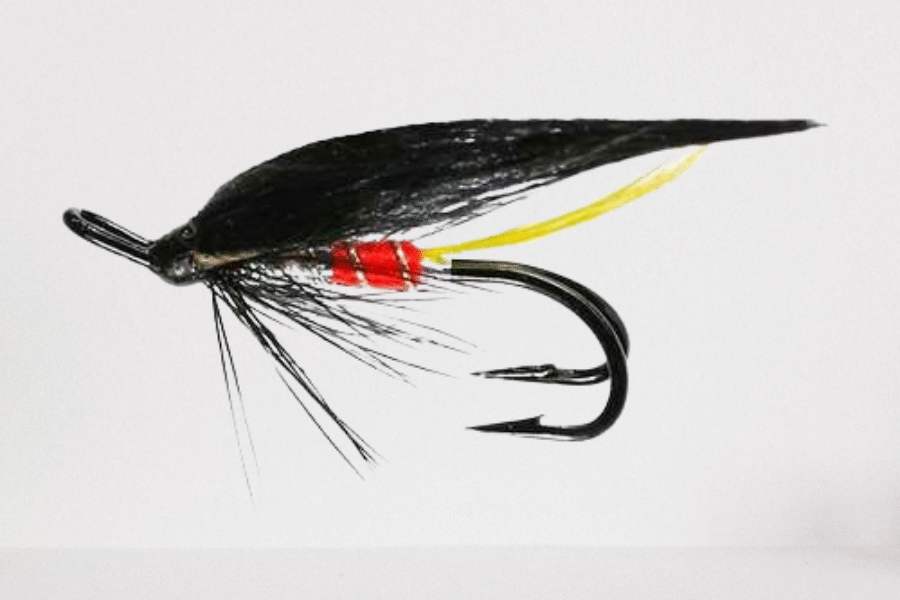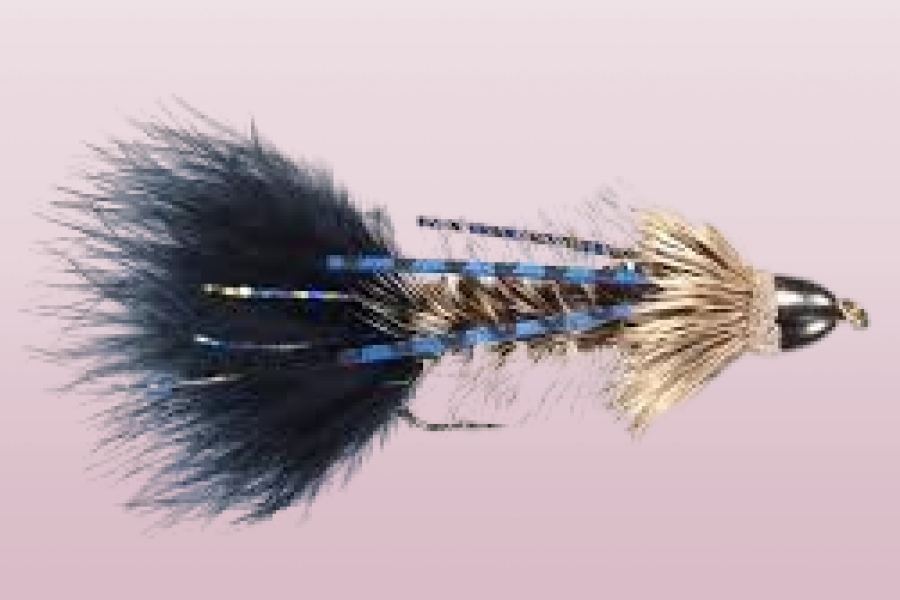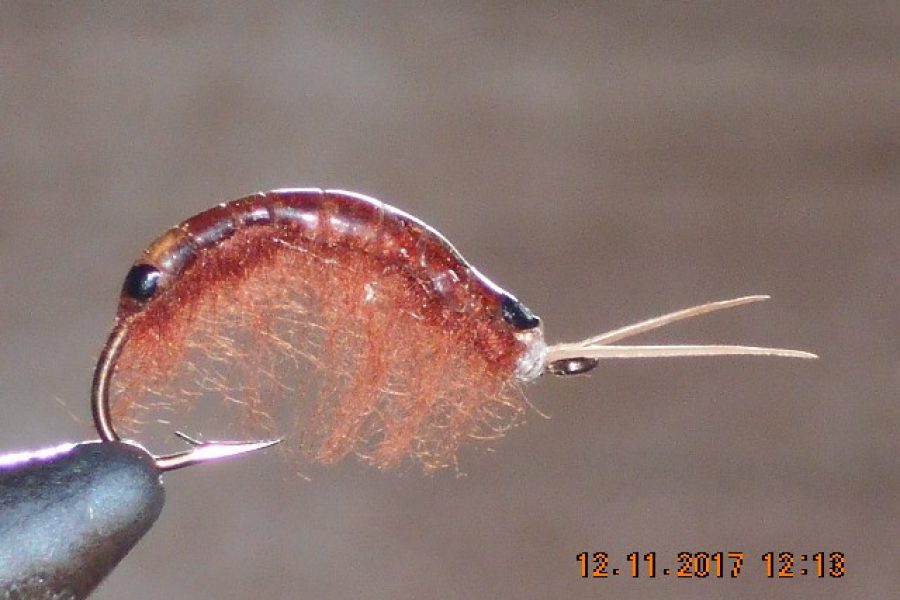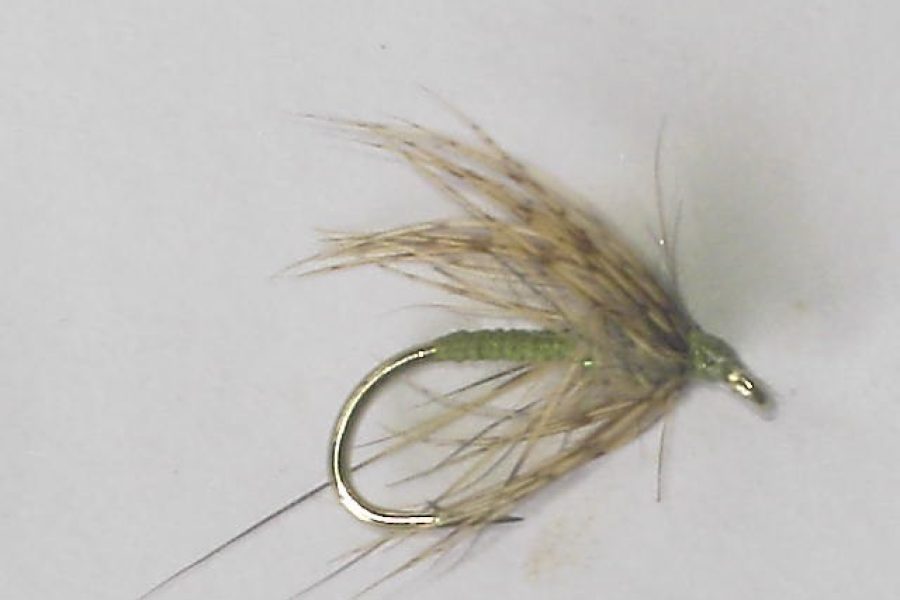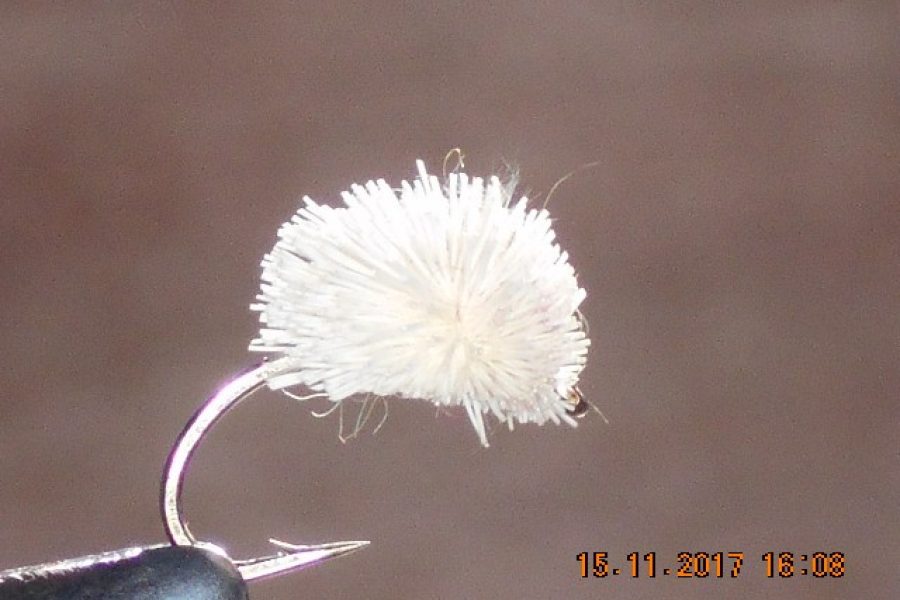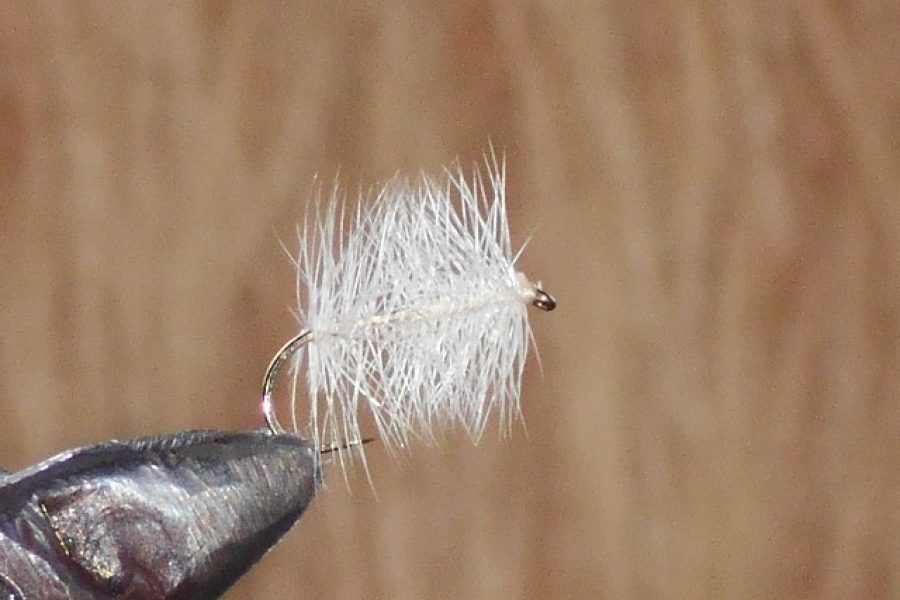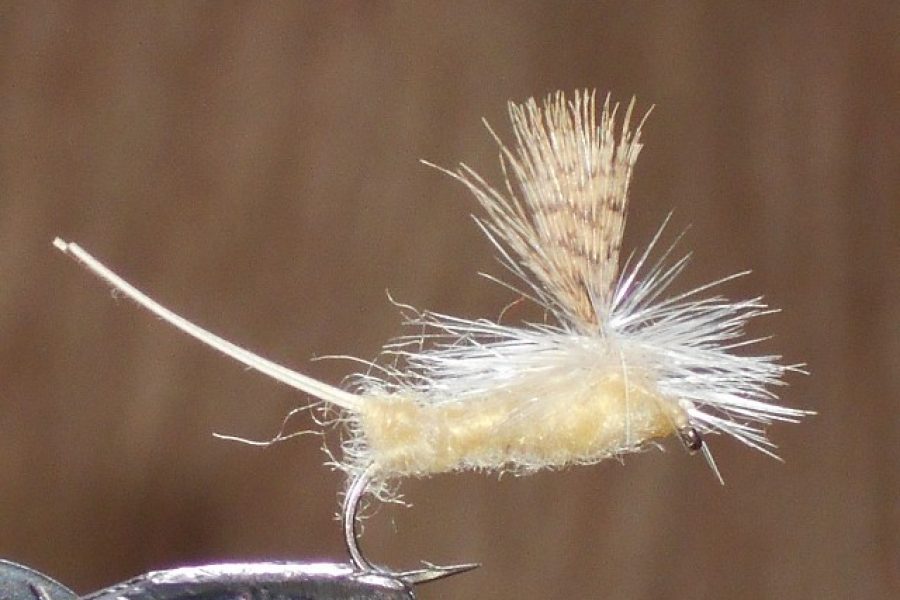Description
Product Overview and Heritage The Tungsten Swimming Peacock represents a modern innovation in fly design, combining the timeless allure of peacock herl with cutting-edge tungsten technology. This dynamic pattern emerged from contemporary European nymphing techniques, where its unique swimming action and natural peacock iridescence have proven irresistible to selective trout. The addition of tungsten weight creates a perfectly balanced fly that maintains a horizontal position while drifting, mimicking the natural movement of aquatic insects.
Design Philosophy and Material Innovation The pattern’s effectiveness stems from its carefully engineered components:
- Premium-grade tungsten beadhead
- Hand-selected peacock herl
- Specialized swimming tail
- Competition-grade barbless hook
- Reinforced body construction
- UV-resistant thread base
Each element contributes to the pattern’s distinctive swimming action and durability while maintaining the natural appeal of peacock coloration.
Technical Specifications
Hook Characteristics:
- Competition-grade barbless design
- Available sizes: 12-18
- Wide gape configuration
- Chemically sharpened points
- Heavy-wire construction
- Jig-style orientation
Tungsten Properties:
- Precision-machined beads
- Size-specific weight calibration
- Slotted design for security
- Matte finish options
- Strategic placement
Construction and Tying Process The pattern’s success relies on precise construction methods:
- Calculated proportions
- Reinforced peacock herl
- Graduated body tapering
- Enhanced durability features
- Swimming tail alignment
- Weight distribution control
Fishing Applications and Techniques
European Nymphing:
- Tight-line presentations
- Superior depth control
- Enhanced strike detection
- Variable current speeds
- Short-line techniques
Traditional Nymphing:
- Indicator fishing
- Swing techniques
- Dead-drift presentations
- Deep-water approaches
- Multiple retrieval options
Seasonal Effectiveness
Spring Performance:
- Post-runoff periods
- Early season hatches
- Rising water temperatures
- Morning feeding windows
- Evening activity periods
Summer Applications:
- Deep pool presentations
- Fast-water situations
- High-altitude streams
- Early morning sessions
- Late evening fishing
Fall Tactics:
- Pre-spawn feeding periods
- Cooling water conditions
- Changed light situations
- Transitional depths
- Mixed insect activity
Winter Strategy:
- Tailwater applications
- Deep winter runs
- Midday feeding windows
- Slow-water presentations
- Temperature-dependent activity
Habitat and Water Types
River and Stream Applications:
- Pocket water effectiveness
- Deep run presentations
- Riffle section tactics
- Current seam fishing
- Undercut bank approaches
Stillwater Techniques:
- Deep-water presentations
- Structure-oriented fishing
- Drop-off zones
- Weed bed edges
- Basin fishing strategies
Target Species and Behavior
Primary Target Species:
- Brown Trout
- Rainbow Trout
- Brook Trout
- Grayling
- Whitefish
- Cutthroat Trout
Feeding Behaviors:
- Opportunistic feeding
- Selective takes
- Aggressive strikes
- Pattern recognition
- Depth-related activity
Rigging Recommendations
Leader Setup:
- Fluorocarbon tippet preferred
- 5X-6X tippet strength
- 9-12 foot leader length
- Tippet ring applications
- Loop-to-loop connections
Multi-Fly Configurations:
- Point fly applications
- Dropper rig setups
- Tandem nymph arrangements
- Euro-style presentations
- Indicator configurations
Competition Applications
Tournament Success:
- International competition proven
- Consistent performance record
- Regulation compliance
- Quick-change capability
- Pressure-tested results
Professional Usage:
- Guide-box essential
- Client-friendly pattern
- Proven success rates
- Versatile applications
- Teaching tool
Care and Maintenance
Post-Fishing Care:
- Thorough drying process
- Peacock herl inspection
- Hook point checking
- Swimming tail maintenance
- Storage preparation
Storage Requirements:
- Dry environment
- UV protection
- Separate compartments
- Regular inspection
- Moisture prevention
Advanced Fishing Methods
Presentation Techniques:
- Dead drift approaches
- Swing presentations
- Lift and drop methods
- Cross-current drifts
- Upstream nymphing
Depth Control:
- Current speed adaptation
- Leader length adjustment
- Casting angle variation
- Drift management
- Weight distribution
Environmental Considerations
Conservation Features:
- Barbless hook design
- Sustainable materials
- Durable construction
- Catch-and-release oriented
- Minimal environmental impact
Material Selection:
- Responsible sourcing
- Quality components
- Recyclable elements
- Ethical production
- Sustainable practices
Water Clarity Adaptations
Clear Water:
- Size reduction options
- Lighter tippet selection
- Precise presentation
- Natural drift focus
- Stealth approaches
Stained Water:
- Larger size options
- Enhanced visibility
- Modified presentations
- Adjusted depths
- Increased movement
Scientific Design Elements
Hydrodynamics:
- Swimming action analysis
- Drift characteristics
- Sink rate control
- Current resistance
- Movement patterns
Color Theory:
- Peacock iridescence
- Underwater visibility
- Pattern contrast
- Color stability
- Depth perception
Specialized Techniques for Difficult Conditions
High-Pressure Situations:
- Downsizing options
- Modified presentations
- Alternative retrieves
- Stealth approaches
- Timing considerations
Technical Water Adaptations:
- Micro-adjustments
- Leader modifications
- Specialized drifts
- Pattern sequencing
- Presentation angles
Pattern Variations and Customizations
Bead Options:
- Slotted tungsten
- Countersunk design
- Color variations
- Size adaptations
- Weight alternatives
Body Modifications:
- Enhanced peacock blends
- Synthetic alternatives
- Mixed material options
- UV enhancement
- Durability improvements
Entomological Considerations
Natural Imitations:
- Caddis larvae
- Mayfly nymphs
- Stonefly nymphs
- Damselfly nymphs
- General attractors
Life Cycle Stages:
- Early instar periods
- Late instar phases
- Active swimming stages
- Resting phases
- Migration periods
Additional information
| Hook type | Barbed Hooks, Barbless Hooks |
|---|---|
| Hook size | 10, 12, 14, 16, 18, 20, 6, 8 |

